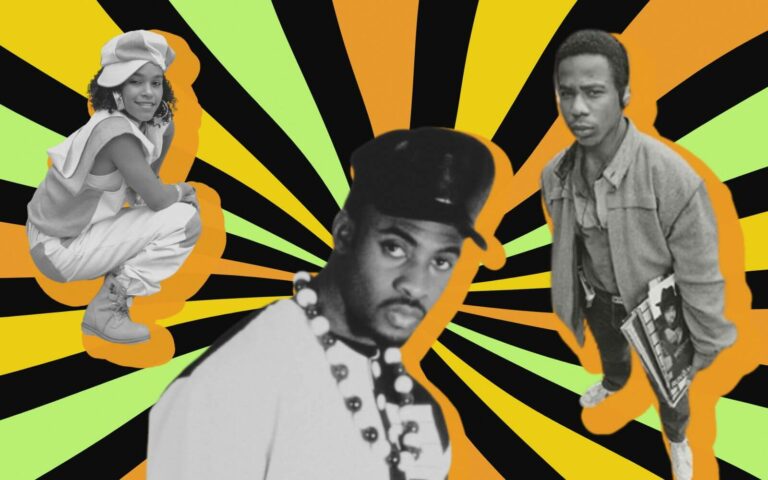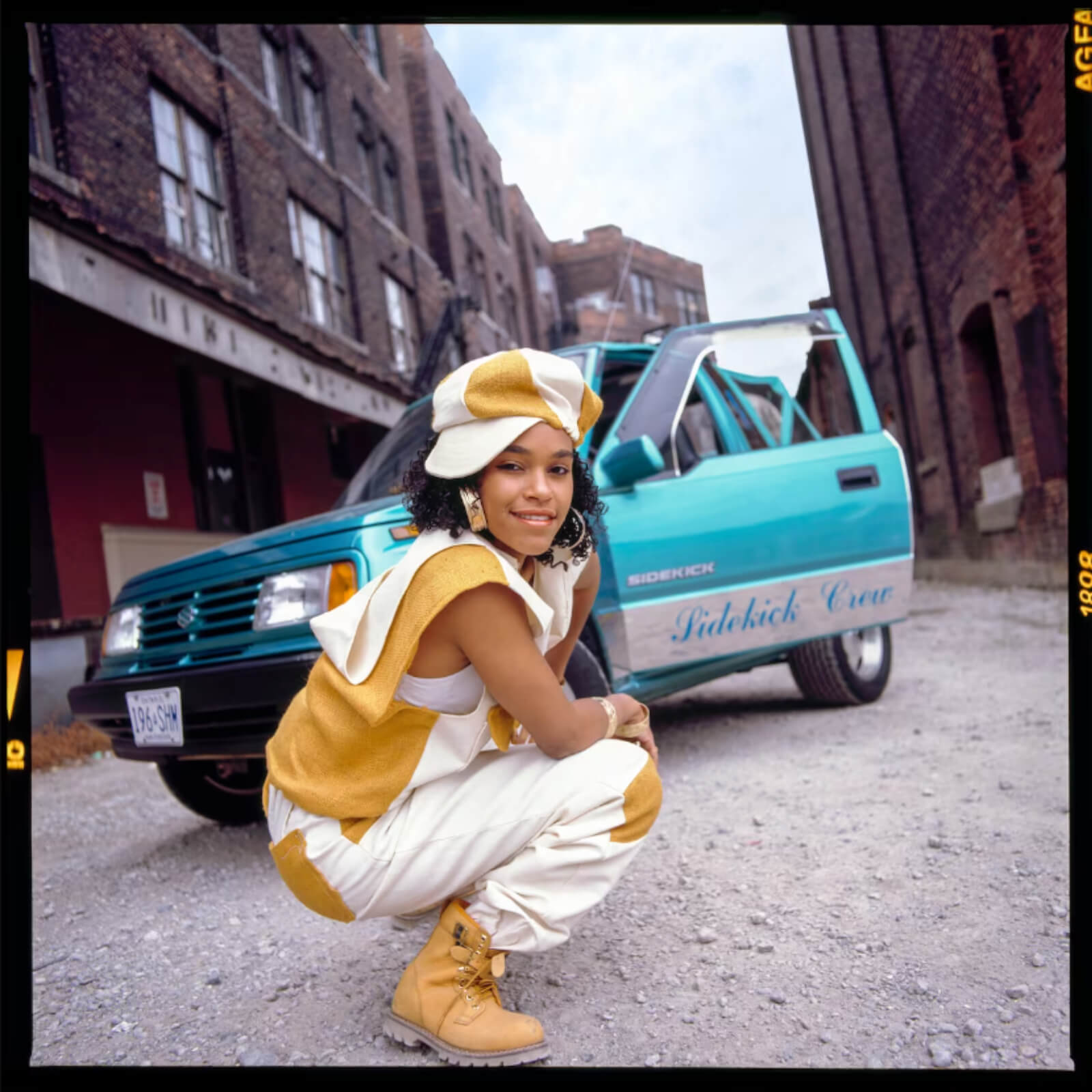By Megan Magdalena
A sold-out night at the Vogue Theatre brought Warped Tour memories roaring back.

Hip-hop’s journey to the forefront of culture is more than 50 years in the making. Open any social media app, and you will see the influence of hip-hop. Open your favourite streaming platform, and many of the top songs are from rappers. The sound, fashion and vocabulary have permeated through popular culture, but we’re taking it back to where it all began.
In 1973, a 16-year-old girl from the Bronx was looking to raise some money for new school clothes. With the end of summer approaching, Cindy Campbell decided to throw a back-to-school party. She got cards to promote it and charged a 25-cent entry fee. The special sauce was getting her older brother Clive to DJ. Clive was known for being tall and strikingly muscular, for which he was given the nickname Hercules. The moniker evolved into who we know today as DJ Kool Herc.
Herc introduced a new and revolutionary way of spinning records for 1973, which involved finding the part of the song everyone loved and looping the same drum break on both turntables. This Bronx birthday party is often recognized as the birth of hip-hop.
Over the next decade and a half, the reverberations of that historic night were felt in Canada. In the infancy of the genre, Canada was a bit behind. The first Canadian rap single did not surface until Mr. Q’s “Ladies Delight” in 1979, and it would be another decade after that until a Canadian rapper charted in the United States.
The early 80s saw pop, funk and disco music dominate the industry in Canada. Hip-hop was regarded as something new and fun, but largely unestablished. Before the days of TikTok, SoundCloud, or even Limewire—for those who know what that is—the radio was the primary method of music consumption, and it was how many Canadians experienced their first taste of hip-hop.
Still, the 90s boom-bap sound we now recognize as ‘traditional hip-hop’ had not been created yet. Like “Ladies Delight,” a lot of the hip-hop from this era was very funk and disco influenced. The production resembled something familiar, but the style of rapping (rather than crooning) was new.
Hip-hop radio in Canada has its roots at Toronto Metropolitan (formerly Ryerson) University. This was the home of CKLN, the school’s campus radio station. A radio and television student at the time, Ron Nelson was a huge fan of hip-hop. Like Kool Herc, he grew up in Jamaica, where sound system culture was prevalent in the early 70s. He had experience with radio and DJing in high school, and was ready to make waves with his program.

Ron Nelson (Photo: Paul Regan | Toronto Star)
In 1983, he started Fantastic Voyage, Canada’s first hip-hop radio show. For many fans of the genre, DJ Ron Nelson was the conduit to their first hip-hop memories. Several labels were not sending records north of the border, so Fantastic Voyage was how many would have heard the relatively new genre for the first time. It was also one of the only outlets for Toronto rappers in the early 80s, and Ron Nelson saw it all.
In the early days, the shadow of New York City loomed large—not only were they the birthplace of the genre, but also a measuring stick for local emcees everywhere. In comparison to the Big Apple, the lack of resources was striking, from the infrastructure of industry support to basic equipment.
“Nobody had drum machines, it really hadn’t become available in Canada yet, so how were we supposed to make our beats?” Nelson says. “Other areas had that technology, and were understanding it and how to manipulate it, so we were kind of here watching as a culture.”
Nelson was a self-taught promoter, bringing some of the first hip-hop shows ever to Canada. In 1987, he brought Run-DMC and Public Enemy to Toronto in what is widely considered the first major hip-hop show in Canada. But some of the most memorable shows from that era were the battles.
MCs from New York would come up and freestyle battle against their northern counterparts. At a time when the actual volume of records being released in Canada was minimal, these showcases were a huge draw.
The art of emceeing was still the focus, and rappers were more dialled into performing for crowds and then recording. Although this would eventually prove to be the space where future stars like Michie Mee proved they could hang, even many of them got started in the battle-rap scene, a place where they were able to showcase their personality and background effectively.

Miche Mee (1993)
In one of those infamous battles, Michie Mee was taking on New York MC Sugar Love. The Caribbean influence has always been strong in Toronto, going back decades, so when Mee started rhyming in Patois, the crowd erupted.
On her way up to the top, Michie Mee was introduced to Ivan Berry, one of the co-founders of Beat Factory Records, through DJ LA Luv, who brought many acts to what is widely considered the first hip-hop label in Canada during the 80s. She stood out in a way that was uncommon, something that Berry remembers vividly.
“When Michie walked into the room, the room stopped,” he says. “And it wasn’t just about her beauty, It was everything. That’s what did it for me. For Michie, I just thought she was a superstar.”
Her mystique would only grow, and in 1988 she signed with First Atlantic/Priority Records, making history as the first Canadian rapper to sign to an American label. Inspired by Mee’s work, the Jamaican influence on the sound in Canada remained for years to come. Her unique delivery and magnetic presence made her one of the nation’s first rap stars.
A year later, a man from Scarborough made some history of his own, as Maestro Fresh Wes had been rising quietly in Toronto. At a time when hip-hop in Canada was more recreational, Maestro was putting money into his career—and it paid off. His debut album Symphony in Effect was a huge success, and the single “Let your Backbone Slide” became the first single from a Canadian rapper to chart on Billboard.
The track’s minimalist production made way for the drums to take the lead. This sound could be described as skeletal, and while it now can be seen as representative of a lot of eighties hip-hop, it was a lot more simple than the beats that would emerge in the following decade.
Farley Flex was one of the first Canadian hip-hop managers to find success, and his early work with Maestro laid the groundwork for a rapper in Canada to become a household name. Hip-hop was slowly becoming more territorial, and repping your area in your lyrics seemed imperative. Flex saw that local pride in Maestro, and that was one of the main things that drew them together.
“In any of his songs, you’ll find elements that identify him as a Black Canadian rapper,” he says. “When you hear ‘Let Your Backbone Slide,’ he didn’t say greenbacks or dead presidents, he talks about ‘bills of brown,’ and that to me encapsulated his sound”
The end of the 80s saw Canadian hip-hop break new ground. “Let Your Backbone Slide” was a big hit, but more importantly, it put some cracks in the glass ceiling of Canadian hip-hop. What felt achievable was changed.
Sonically, the track was comparable to the popular hip-hop coming out of the United States, the replication of which had been a struggle up to this point. The success of artists like Maestro was influential on producer DJ Kemo, a prominent figure carrying the torch into a new era when he helped form the Rascalz. “He was dope, he sounded dope, his beats were dope, his whole product was really dope,” he says. “It influenced us in a way to be like ‘Yo, this is from Canada.’ We gotta be that good.”
This struggle would continue for years to come, but Maestro was the shining light letting everyone know it was possible.
By Megan Magdalena
A sold-out night at the Vogue Theatre brought Warped Tour memories roaring back.
By Stephan Boissonneault
With There Is Nothing In The Dark That Isn’t There In The Light, the veteran vocalist leans into intimate, searching folk.
By Sam Hendriks
A refined turn toward clarity reveals Melody Prochet at her most grounded and assured.